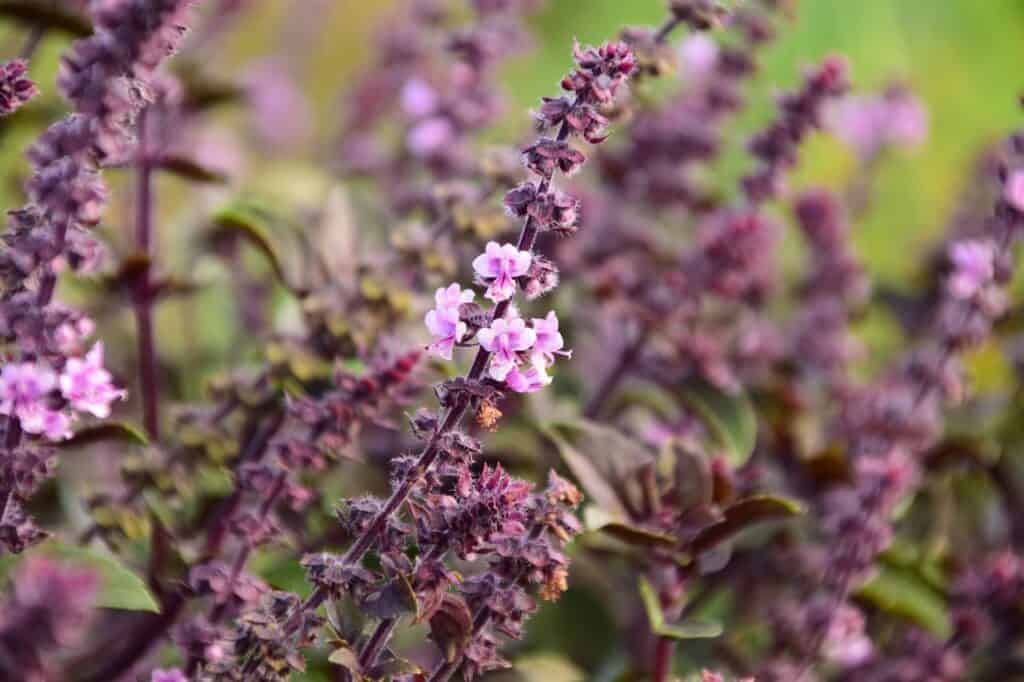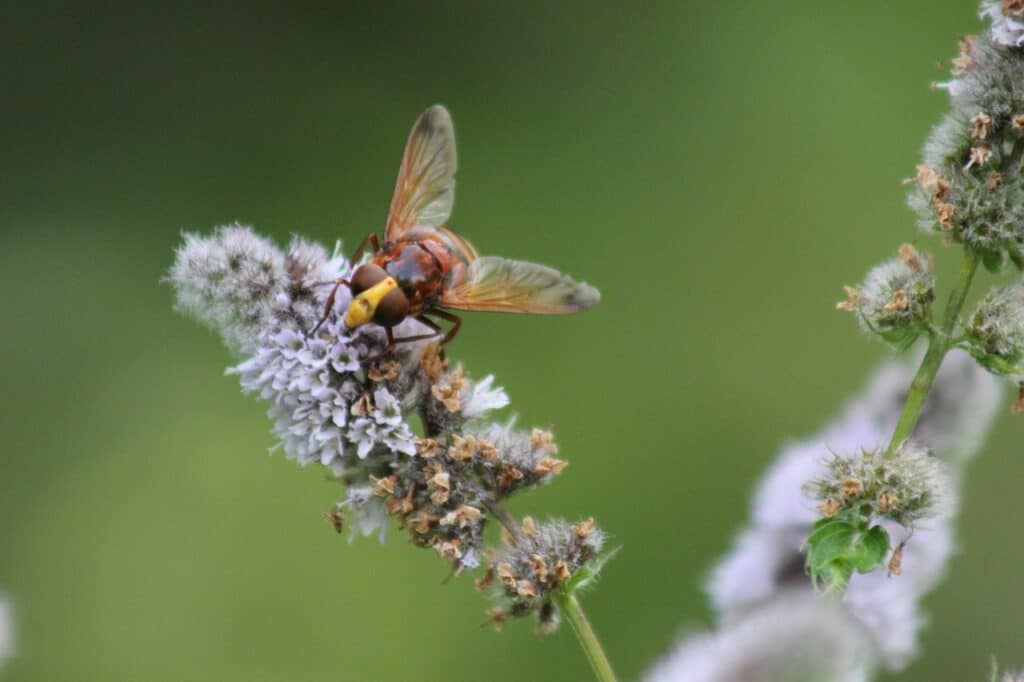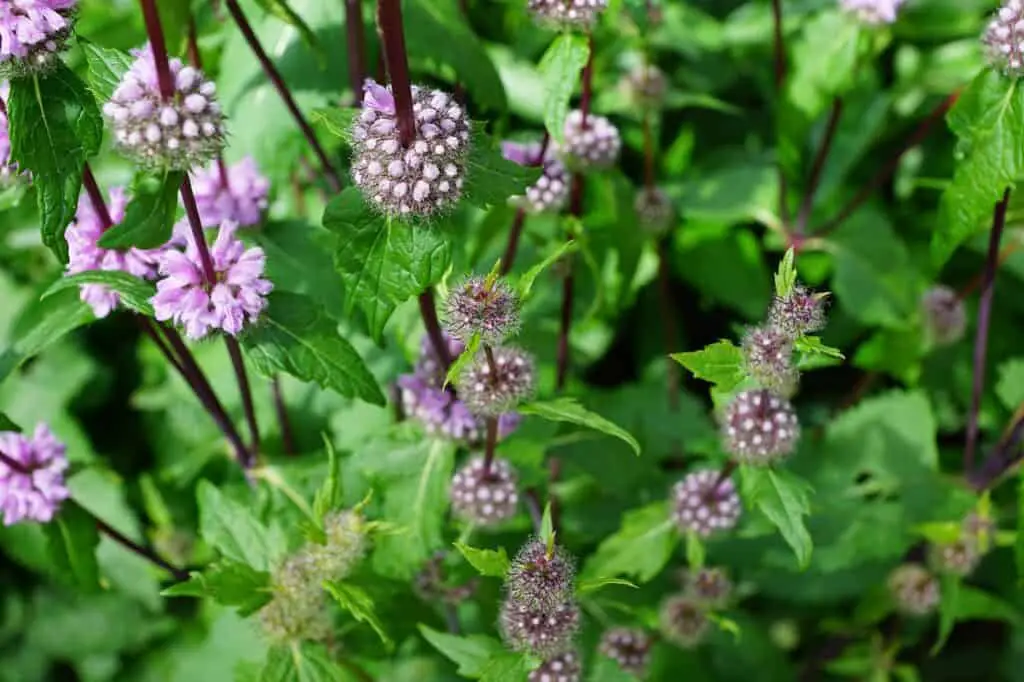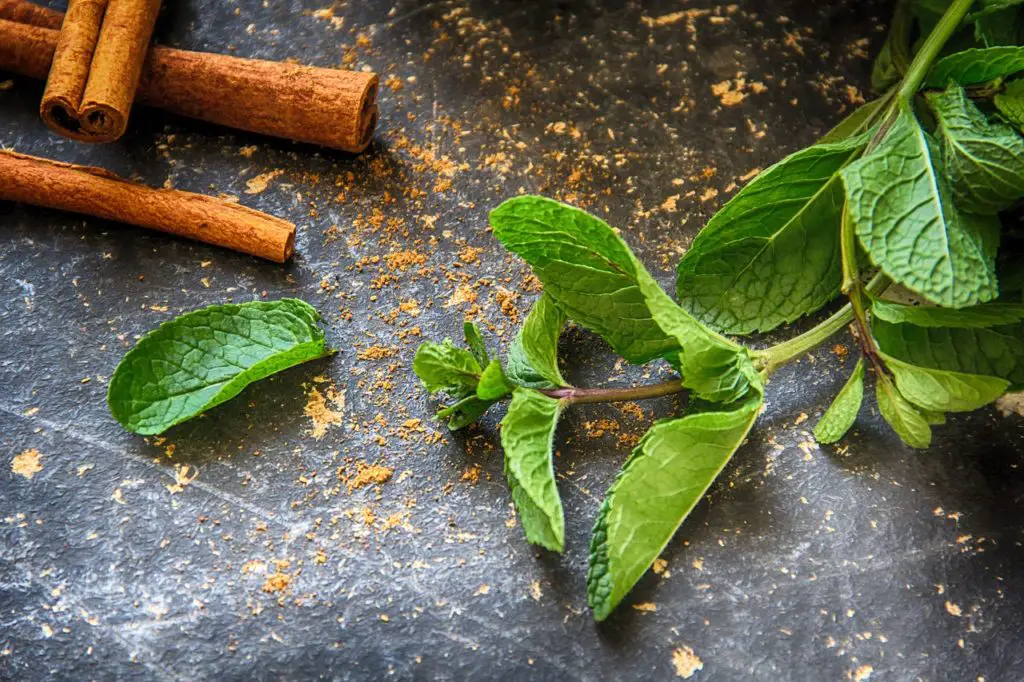Mint, a timeless culinary herb, has taken a colorful turn in modern gastronomy with the introduction of purple mint leaves. These vibrant leaves are not just a visual delight but also a flavor enhancer in both desserts and cocktails. Their unique hue and refreshing taste have made them a popular choice among chefs and mixologists seeking to add a touch of elegance and distinction to their creations. This article explores the use of purple mint leaves in various culinary applications, offering insights into their versatility and appeal in the culinary world.
Purple Mint Leaves in Desserts and Cocktails
Purple mint leaves, with their striking color and aromatic flavor, have emerged as a trending ingredient in the culinary arts. Their vivid purple hue adds a visually appealing element to desserts and cocktails, transforming ordinary dishes into extraordinary creations. In desserts, these leaves can be used as a garnish, infusing a subtle minty flavor and a pop of color. They are especially popular in fruit salads, ice creams, and chocolate-based desserts, where their color contrasts beautifully with the dish.
In the realm of cocktails, purple mint leaves are not just a garnish but an integral component that complements various spirits. They add a fresh, herbal note to drinks, enhancing the overall flavor profile. From classic mojitos to inventive new concoctions, these leaves can elevate the aesthetic and taste of cocktails, making them a favorite among bartenders and patrons alike.

Best Mint for Cooking
When it comes to cooking, not all mint varieties are created equal. While purple mint leaves are a visual delight, it’s essential to consider their flavor profile as well. For culinary purposes, spearmint is often preferred for its sweet, mild flavor, making it a versatile ingredient in a wide range of dishes. Peppermint, with its more intense and slightly spicy taste, is more commonly used in desserts and beverages.
The choice of mint variety depends on the desired flavor intensity and the dish’s other components. For dishes where mint is the star ingredient, such as in mint sauces or chutneys, a more robust variety like peppermint might be ideal. However, for subtle flavor enhancements in salads, desserts, or drinks, spearmint or purple mint leaves are more suitable.
How Long Do Candied Mint Leaves Last
Candied mint leaves are a delightful way to preserve the flavor and appearance of mint. These sugary treats can be used as decorative elements on desserts or as sweet, flavorful additions to various dishes. When properly prepared and stored, candied mint leaves can last for several weeks. The key to their longevity is ensuring they are completely dry and free from moisture before storage.
Stored in an airtight container in a cool, dry place, candied mint leaves can retain their texture and flavor for up to a month. However, over time, they may begin to lose their crispness and vibrant color. For the best quality, it’s recommended to use them within a couple of weeks of preparation.
Quick Candied Mint Leaves
Creating candied mint leaves is a simple process that adds a touch of elegance to desserts. To quickly candy mint leaves, you need fresh mint leaves, egg whites, and superfine sugar. Brush each leaf lightly with beaten egg white, then sprinkle with superfine sugar to coat evenly. Lay the leaves on a wire rack and allow them to dry for about 12 hours in a warm, dry place.
The result is a set of glistening, sugary leaves that are perfect for garnishing cakes, cupcakes, or any dessert that could use a touch of minty sweetness. This quick candying method is an easy way to elevate the presentation of your desserts while adding a subtle mint flavor.
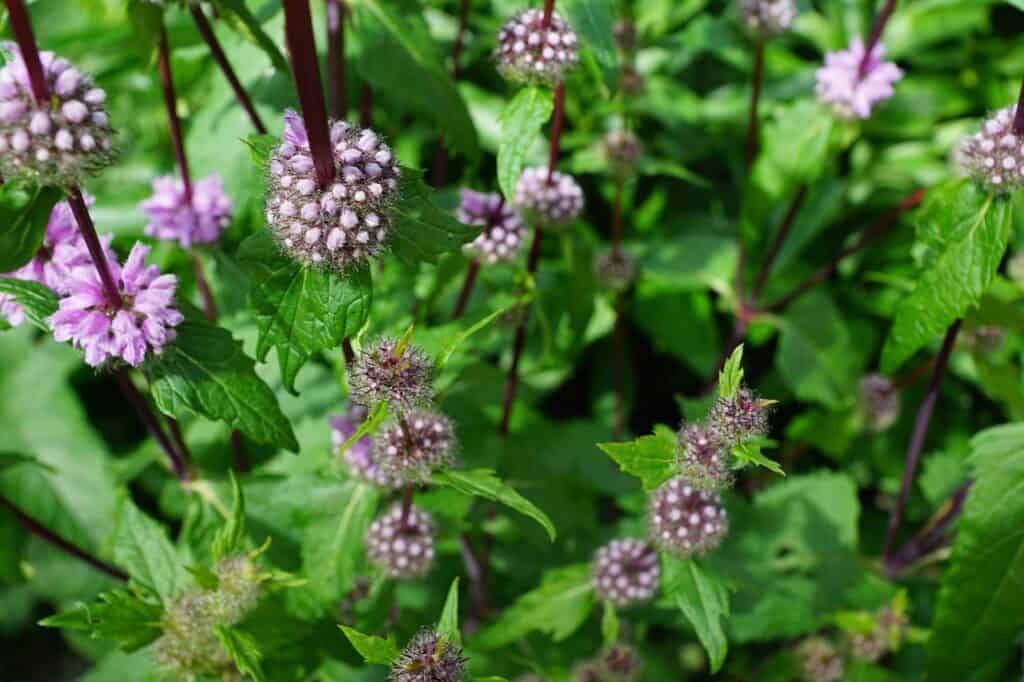
Related FAQs
Q: Can purple mint leaves be used in savory dishes?
Yes, these leaves can add a unique twist to savory dishes, especially in salads, marinades, and garnishes for meat dishes.
Q: Where can I find purple mint leaves?
Purple mint leaves can be found at specialty grocery stores, farmers’ markets, or through online herb suppliers.
Q: Are purple mint leaves different in flavor from green mint leaves?
While visually distinct, purple mint leaves have a flavor profile similar to green mint leaves, offering a fresh, minty taste.
Conclusion
Purple mint leaves have revolutionized the way we think about mint in culinary applications. Their striking appearance and refreshing flavor make them an excellent choice for enhancing both the visual appeal and taste of desserts and cocktails. Whether used as a vibrant garnish or as a key ingredient, these colorful leaves bring a new dimension to culinary creations, inspiring chefs and home cooks alike to experiment with their unique properties. From quick candied mint leaves to their incorporation in sophisticated cocktails, purple mint leaves prove to be a versatile and exciting element in modern gastronomy, leaving a lasting impression on both the palate and the eye.


